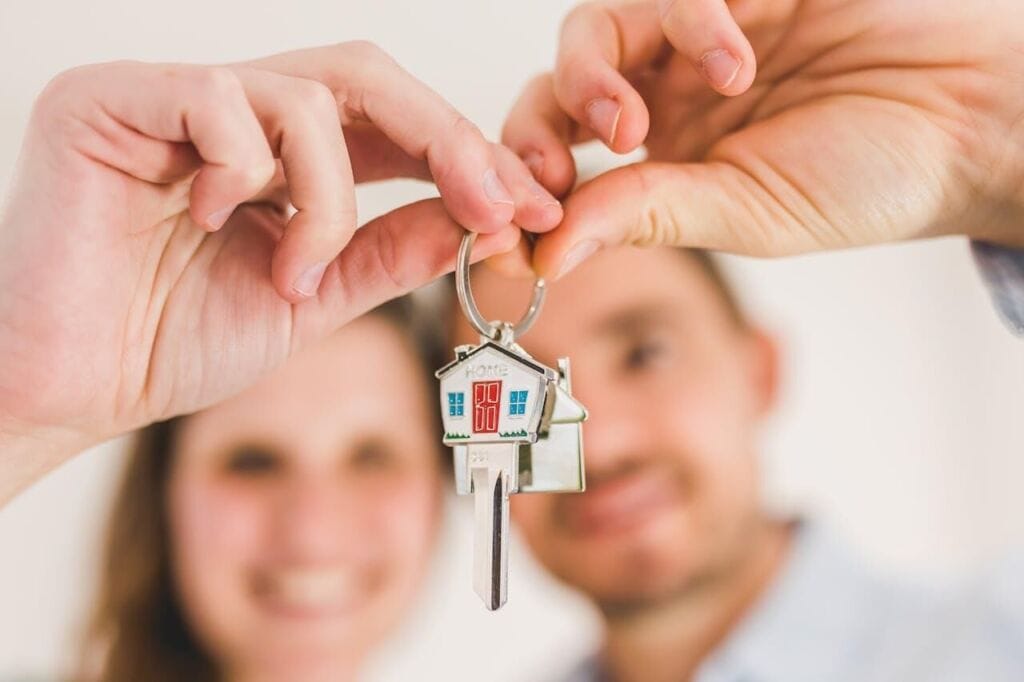Have you ever walked up to a house for sale and decided how you felt about it before you even opened the door? Most of us have. It’s human nature to form opinions quickly. We do it when meeting people, and we do it when judging properties. In real estate, this snap judgment has financial consequences. A buyer’s first impression can either boost the perceived value of a home or sink it before negotiations even start.
That moment—stepping out of the car, walking toward the front, taking in the yard, the porch, the entryway—sets the tone for everything that follows. Buyers may tell themselves they’re focused on practical things like square footage or kitchen updates, but their gut reactions often lead the way.
Sellers who recognize this understand the importance of preparing the outside of a property just as carefully as the inside. In this blog, we will share why those first few moments matter, how they influence value, and what practical steps can help turn curb appeal into a selling advantage.

Curb Appeal as Silent Marketing
The exterior of a home works as the first advertisement. It’s the cover of the book, the teaser trailer, the opening handshake. And like those things, it sends messages faster than any listing description ever could. A clean yard, a fresh coat of paint, and a welcoming entryway communicate care. A neglected lawn, broken shutters, or peeling trim send the opposite signal.
What makes this more urgent today is the speed of the real estate market. Buyers often make decisions in hours, not weeks. Online listings mean photos become the first filter. If the exterior looks neglected, many won’t even schedule a showing. With competition fierce, homes need to make their case instantly.
That’s where professionals often come in. A trusted landscaping company can transform a tired yard into a buyer magnet. Simple touches like trimmed shrubs, healthy grass, or seasonal flowers can shift how a property is perceived. It’s not just about beauty. It’s about signaling that the home has been cared for and maintained. Buyers equate exterior care with interior reliability. If the outside looks sharp, they’re more likely to trust what’s inside.
Consider the contrast: a cracked walkway versus a power-washed path lined with greenery. One whispers “work needed.” The other suggests “move-in ready.” Those impressions directly affect offers. Even appraisers take note of exterior condition when evaluating value. What might seem cosmetic can translate into thousands of dollars in final sale price.
The Psychology of First Impressions
It’s worth asking why people make these snap judgments. Psychology has some answers. Humans are wired to process visual cues quickly. Our ancestors relied on it to assess safety. Today, that instinct shows up in real estate. A buyer may not articulate why a messy yard bothers them, but their brain registers it as a risk. They imagine more problems lurking inside.
This isn’t just speculation. Real estate agents consistently report that buyers make up their minds within the first few minutes of arriving at a property. Once an impression is formed, it’s hard to shake. A stunning interior may not fully recover from a sloppy exterior. In contrast, a welcoming front yard and tidy entrance can make buyers more forgiving of minor flaws inside.
First impressions also tie into broader cultural trends. We live in an image-driven era. Instagram feeds and HGTV shows have trained buyers to expect picture-perfect homes. They compare what they see in real life to staged photos and polished media. Sellers who ignore this reality risk losing buyers who’ve grown accustomed to curated beauty.
Practical Steps to Create Impact
So how do sellers use this knowledge? The key is focusing on details that carry the most weight. Fresh paint on the front door is inexpensive but powerful. Updated lighting fixtures add warmth and safety. Power-washing driveways and siding removes years of grime in a single afternoon. Small investments can produce outsized returns.
Yards deserve special attention. Clean lines, trimmed bushes, and defined edges make spaces look larger and more intentional. Planting flowers or adding mulch creates contrast and freshness. Even basic maintenance—mowing, raking, clearing clutter—goes a long way. The goal is not perfection but presentation. Buyers want to feel invited.
Porches and entryways also matter. Replacing an old welcome mat, adding potted plants, or polishing door hardware creates a sense of care. Buyers notice these touches. They suggest the homeowner has paid attention, which reassures them about less visible systems like plumbing or wiring.
Lighting plays its part too. Properties often get shown in the evening. Soft outdoor lights can highlight landscaping and make the space feel safe and inviting. Darkness, by contrast, hides features and makes areas feel uncertain. A few well-placed lights can change the entire mood of a showing.
First Impressions in a Shifting Market
Current market trends only heighten the importance of exterior presentation. With higher interest rates cooling buyer urgency, sellers need every advantage. A home that looks ready to welcome its next family stands out against similar listings. When competition tightens, appearance can become the deciding factor.
Buyers are also more cautious with their money. They don’t just want to know a house looks good—they want assurance that it won’t require immediate repairs. A cared-for exterior provides that assurance. It signals the seller has invested in upkeep, making the property a safer bet.
On a larger scale, neighborhoods benefit when multiple properties maintain strong first impressions. Blocks with cared-for homes attract more buyers, raising demand and values across the board. Communities that prioritize appearance often see stronger market resilience, even during downturns.
DEEPER DIVE: Top 10 Arizona ZIP codes people are moving to in 2025
INDUSTRY INSIGHTS: Want more news like this? Get our free newsletter here
Why First Impressions Are About Trust
At the heart of it, real estate is about trust. Buyers are making one of the biggest financial decisions of their lives. They want to believe the property they choose will meet their needs without unpleasant surprises. First impressions help build that trust quickly. A clean, welcoming exterior says, “This home has been cared for.” A neglected one says, “Proceed with caution.”
The irony is that many sellers pour energy into staging interiors while ignoring exteriors. Yet buyers form opinions before they even cross the threshold. The most successful sales strategies recognize that curb appeal is not decoration. It’s persuasion. It shapes the buyer’s narrative before they open the front door.
In a fast, competitive, image-driven market, those first few moments carry more weight than ever. A well-kept exterior doesn’t just attract attention. It sets the stage for confidence, higher offers, and faster closings. Sellers who understand this aren’t just polishing appearances. They’re giving themselves a measurable advantage.
Because in real estate, as in life, you rarely get a second chance to make a first impression.




